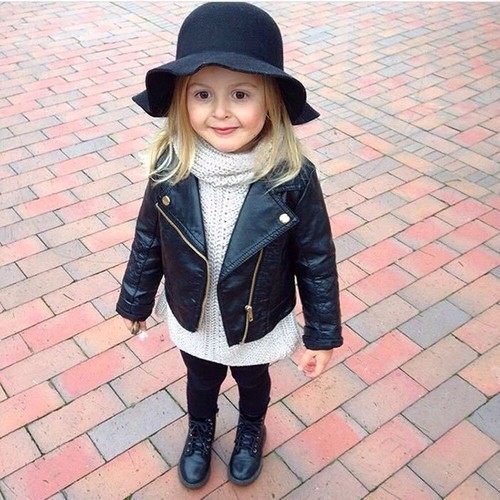The clothing for children must be:
- To make it simple, get them to wear and open it, make it fluffy, loose, and comfortable.
- Non-irritating, non-flammable, and lightweight, made from organic fiber, which is risk-free and non-harmful
Types Of Children’s Clothing
There are numerous categories into which one can separate children’s clothing. As follows:
Casuals: Casuals are relaxed clothing items like t-shirts and knits. They are appropriate for wearing at home and on any typical occasion. They are typically printed or painted, loose, and simple to wear.
Daywear: Day wears are often two-piece outfits made primarily of cotton. They are only intended to be worn indoors during the day. Given their lightweight, they could also be referred to as summer clothing. This clothing’s only objective is to make wearers comfortable.
Party Wear: A child wears garish, fashionable outfits at parties. At times, they may be ethnic. These clothes have dazzling patterns and look. This garment features even avant-garde cuts and shapes. They are outfits that help the child seem good when out and about.
Sports attire: Sports attire should be loose to allow for movement. The fact that they are knit and have elastic allows the child to play effortlessly.
When creating clothing for children, several considerations must be made. They are discussed and listed under the following guidelines.
Posture
When a child’s clothing fits properly, it is considered appropriate. The child is at ease in the apparel because of its shape and size. Children’s posture always remains unnatural, regardless of the frontal or spinal contour.
Numerous studies have also suggested that a child’s posture immediately impacts the contour of their body. Therefore, if you were making children’s clothing, it would be preferable to use a three-dimensional parametric. This guarantees inclusivity and upholds the standard.
Design
Kids are significantly more drawn to the design of any garment. When creating children’s apparel, remember to:
Choose a structure: Check to see if the dress fits properly. You can experiment with casual cuts and give them a try.
Maintain a simple yet striking design: Children do not look nice in flashy clothing. Use tiny appliques, needlework, prints, stitching, and patchwork.
Cozy fittings: Everyone, especially children, prefers comfort over other things. They will only enjoy it if the apparel is comfortable. Create some shapes and designs that would guarantee comfort. Kids do not like wearing overly tight clothing.
Fabric
When designing clothing for children, choosing the right fabric is crucial. Make sure to choose soft, non-irritating materials when making dresses. Many substances induce rashes and itches.
Avoiding specific textiles that cause issues might be beneficial. You could design using certain glossy fabric. But make sure the base is made of cozy materials.
The following materials can be used to make children’s clothing:
Natural cotton: cotton that is chemical-free in its cultivation. The most typical and appropriate substance for garments for children.
Natural Wool: Traditional wool is contaminated and dyed, making it unsuitable for use on children. So, organic wool ought to be a great option.
Linen: Since linen is farmed without chemicals, it is significantly better than cotton. It can also be used with cotton.
Coir: Because it is so good at absorbing moisture, coir is in high demand.
Viscose fiber: The material is not just plush but also cozy. It is smooth to the touch.
Bamboo fiber: This fiber contains antibiotics. It may be colored and woven quickly. It is comfortable because of its elastic stability.
Finishings
The finishing enhances the quality of the clothes. The finishes on children’s clothing can range widely. As follows:
Antibacterial static finish: The process renders the fabric impervious to bacterial development.
Antistatic finish: This is made possible by a chemical process that makes the fabric attract water vapor while repelling electric charge. Considering that synthetic fibers are hydrophobic, this is typically done to them.
Antimicrobial finish: This process stops developing bacteria, yeast, and algae on clothing. Sportswear typically has antimicrobial coatings.
Crease-retentive finish: A fabric is given a heat treatment to create a permanent crease, known as a crease-retentive finish. All clothing that requires pleating, especially skirts, must receive this treatment.
Moth-resistant finish: Wools are treated with a moth-resistant finish since they are frequently exposed to moths.
Finish that resists stretching or shrinking: Many textiles shrink and stretch quickly. This process renders the material dimensionally stable and shrinkage-resistant.
Bottomline
Kids’ clothing experiments are a never-ending process. However, it must guarantee that the item you receive is secure and welcoming for children. Although comfortable and protective clothing is needed at every age, children particularly need it. Numerous children’s apparel retailers take all of this into account. It is very important to keep things simple when creating trendy children’s clothing. It would be beneficial if you also saw that the sutures and trimmings didn’t wound the child.

